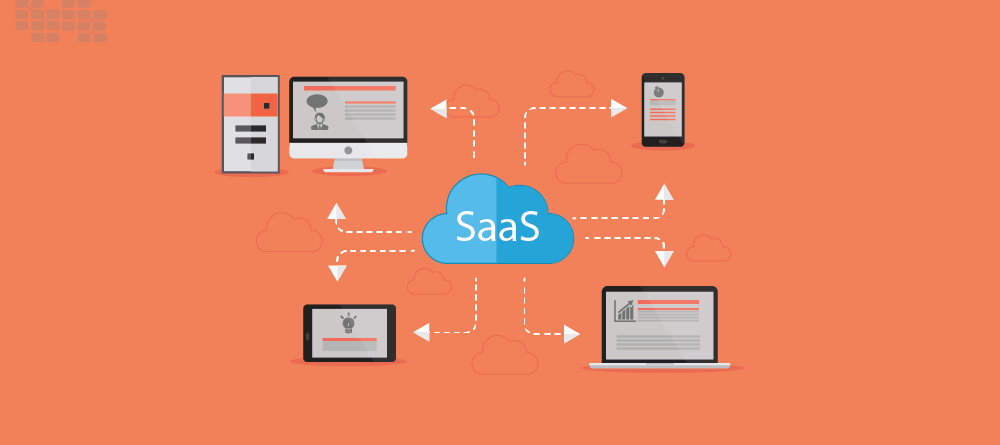Gartner’s EAM Magic Quadrant: A Highly Competitive Landscape
Gartner’s annual Magic Quadrant for Enterprise Asset Management (EAM) software is always a hotly anticipated event. This year’s report painted a picture of a market brimming with innovation and intense competition. Several vendors are pushing the boundaries of what’s possible with EAM, incorporating AI, IoT, and advanced analytics to deliver increasingly sophisticated solutions. This competitive pressure benefits end-users, who now have access to a wider array of solutions tailored to their specific needs and industry verticals.
Top Performers Emerge from a Crowded Field
While the Magic Quadrant includes a wide range of vendors, several consistently stand out as leaders and top performers. These companies demonstrate a strong combination of completeness of vision and ability to execute, consistently delivering high levels of customer satisfaction and market share growth. Their success often stems from a commitment to ongoing innovation, a deep understanding of industry best practices, and a robust partner ecosystem.
IBM’s Maximo Continues its Reign
IBM’s Maximo EAM continues to be a prominent player in the EAM space, maintaining a strong position in the Leaders quadrant. Its extensive functionality, robust platform, and broad industry expertise contribute to its ongoing success. Maximo’s strength lies in its mature technology, wide range of integrations, and extensive global customer base. However, the increasing complexity of the system can sometimes pose a challenge for implementation and ongoing management.
SAP’s EAM Solution: A Strong Contender
SAP’s Enterprise Asset Management solution, often integrated within its broader ERP suite, consistently ranks highly. Its strength comes from its seamless integration with other SAP modules, providing a unified view of enterprise operations. This integrated approach allows businesses to gain a holistic understanding of asset performance and its impact on the wider business. However, the reliance on the SAP ecosystem can sometimes limit flexibility for organizations not already heavily invested in SAP’s solutions.
Infor EAM: Focusing on Industry-Specific Solutions
Infor has carved a niche for itself by delivering specialized EAM solutions tailored to specific industries. This strategy allows them to address the unique needs of various sectors, providing highly customized functionality. This focused approach resonates strongly with organizations in industries with demanding asset management requirements, such as manufacturing, utilities, and healthcare. However, the specialization might limit its appeal to businesses with less specific needs.
Up-and-Coming Vendors Challenging the Status Quo
The Magic Quadrant also highlights several up-and-coming vendors who are making significant inroads into the market. These companies often bring fresh perspectives and innovative technologies, disrupting the established order. Their agility and focus on emerging trends, such as cloud-based deployments and AI-driven analytics, allow them to rapidly gain market share. This increased competition pushes the established players to innovate and improve their offerings.
The Importance of Cloud-Based EAM Solutions
A significant trend highlighted by the Gartner report is the increasing adoption of cloud-based EAM solutions. Cloud deployment offers numerous advantages, including scalability, reduced IT infrastructure costs, and improved accessibility. Vendors are increasingly focusing on delivering cloud-native solutions, leveraging the power of cloud platforms to deliver enhanced functionality and performance. This shift to the cloud is reshaping the EAM landscape, offering greater flexibility and cost-effectiveness for organizations.
The Role of AI and IoT in Modern EAM
Artificial intelligence (AI) and the Internet of Things (IoT) are playing an increasingly important role in modern EAM. AI-powered predictive maintenance capabilities allow organizations to anticipate potential equipment failures, minimizing downtime and maximizing operational efficiency. IoT sensors provide real-time data on asset performance, providing valuable insights into operational effectiveness. The integration of AI and IoT is transforming EAM, enabling proactive maintenance strategies and improved decision-making.
Selecting the Right EAM Solution: A Critical Decision
Choosing the right EAM solution is a crucial decision for any organization. The Gartner Magic Quadrant provides valuable guidance, but businesses must carefully consider their specific needs, budget, and future goals. Factors such as industry-specific functionality, integration capabilities, and scalability should all be evaluated when making a selection. Thorough due diligence and a careful assessment of vendor capabilities are essential to ensuring a successful EAM implementation.
Beyond the Magic Quadrant: A Holistic Approach
While the Gartner Magic Quadrant offers valuable insights, it’s crucial to remember that it’s just one piece of the puzzle. Businesses should conduct thorough research, including vendor demos, customer references, and independent reviews, before making a final decision. A holistic approach that considers both technological capabilities and vendor support is essential for ensuring a successful EAM implementation and achieving long-term value. Read also about the Gartner Magic Quadrant for [presumably a specific software category, the link is needed to know the exact category].






